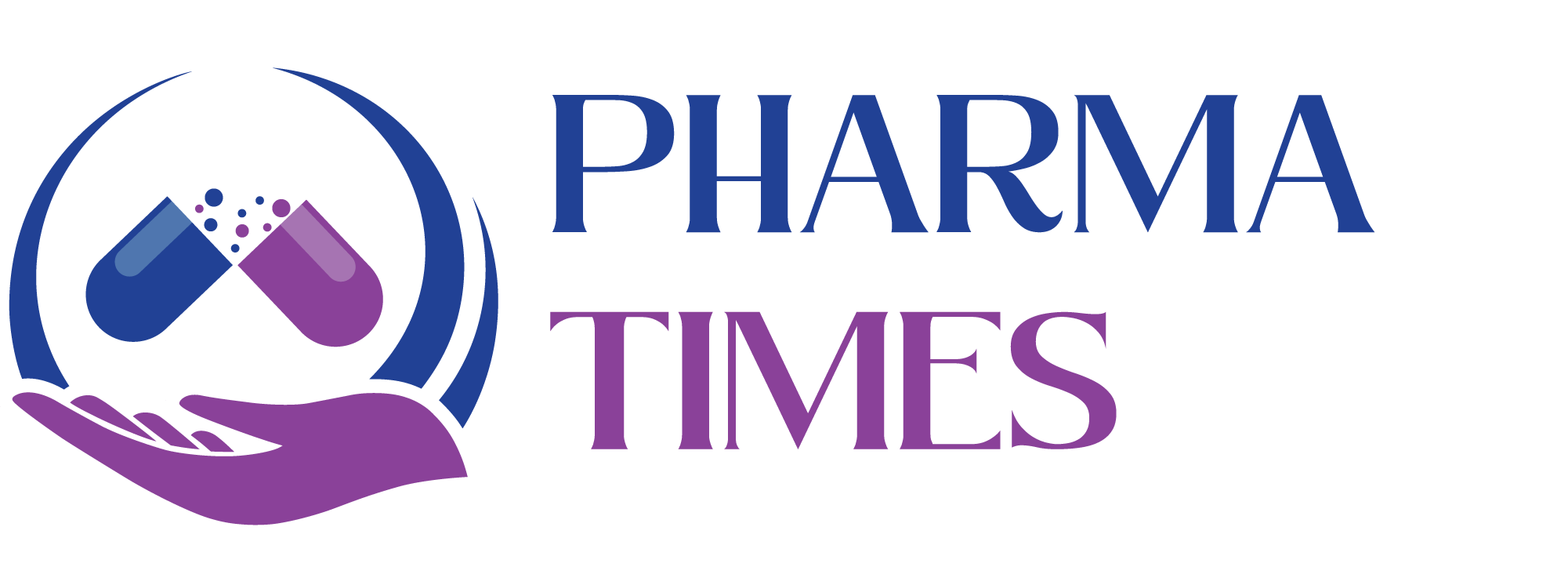Q10: Pharmaceutical Quality System (PQS)

A Pharmaceutical Quality System (PQS) is a comprehensive framework that ensures the consistent quality, safety, and efficacy of pharmaceutical products throughout their life cycle — from development to discontinuation. It aligns with ICH Q10, which complements ICH Q8 (Pharmaceutical Development) and ICH Q9 (Quality Risk Management).
The PQS integrates GMP requirements, quality risk management, and continuous improvement principles to achieve product realization and maintain a state of control.
Key Elements of PQS (as per ICH Q10):
-
Process Performance and Product Quality Monitoring System (PPPQMS):
Ensures ongoing monitoring and control of critical process parameters and quality attributes. -
Corrective and Preventive Action (CAPA):
Identifies, investigates, and corrects the root causes of deviations, complaints, or non-conformities. -
Change Management:
Provides a systematic approach to evaluate, approve, and implement changes to processes, materials, or systems without compromising product quality. -
Management Review:
Senior management regularly evaluates the effectiveness of the PQS to drive continuous improvement and ensure compliance.
Objectives of PQS:
-
Ensure consistent product quality and patient safety.
-
Promote science- and risk-based decision making.
-
Facilitate regulatory flexibility and continuous improvement.
-
Ensure traceability, accountability, and compliance with GMP and regulatory standards.
Lifecycle Approach (as per ICH Q10):
-
Pharmaceutical Development – Establish product and process understanding.
-
Technology Transfer – Ensure effective transition from development to manufacturing.
-
Commercial Manufacturing – Maintain control and performance monitoring.
-
Product Discontinuation – Retain records and knowledge for regulatory compliance.

